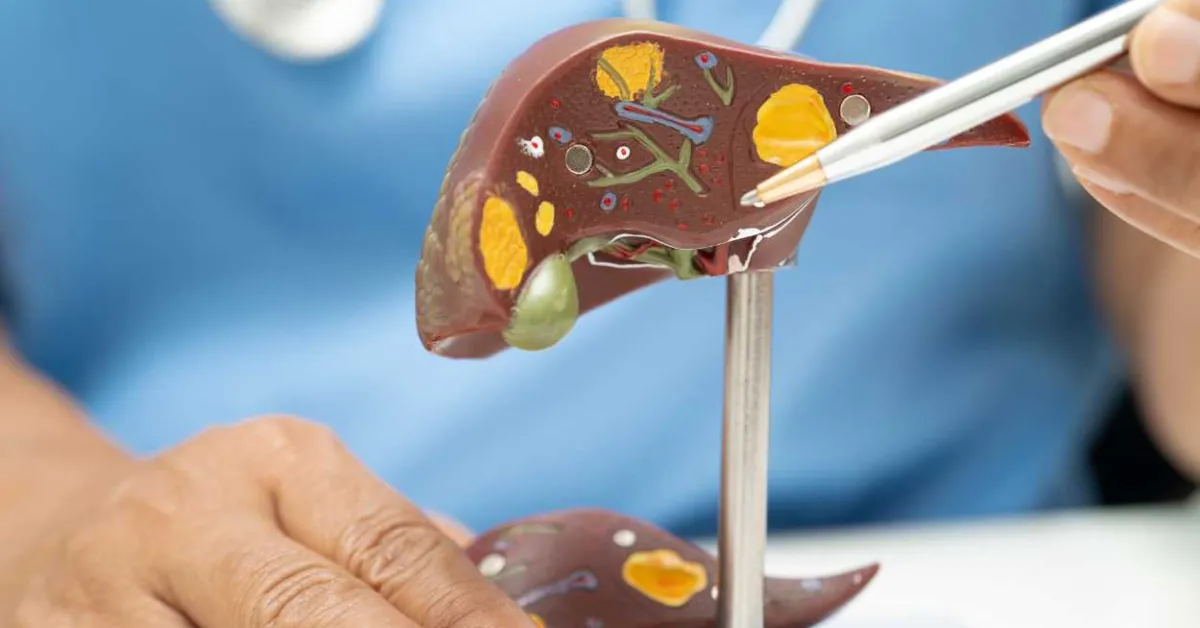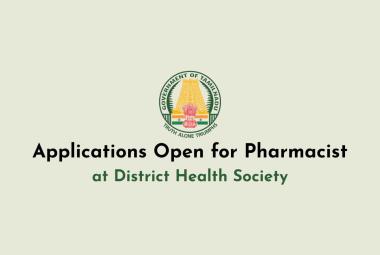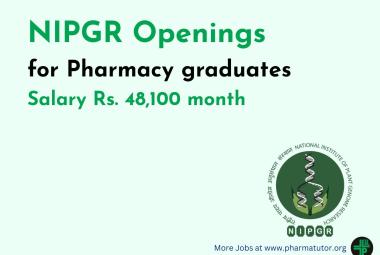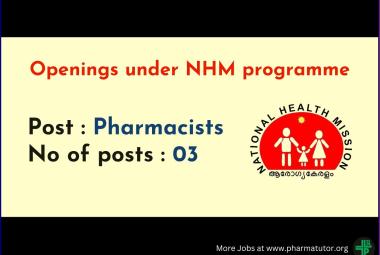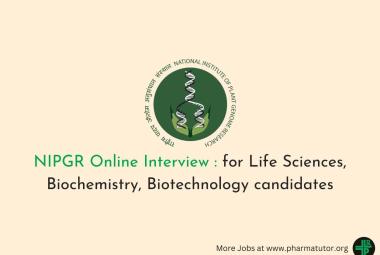Liver cancer remains one of the world’s most lethal cancers, ranking as the third leading cause of cancer-related deaths. Although surgical advances have improved safety, recurrence after hepatectomy continues to be a major challenge. Among recurrence patterns, hyper-progression recurrence (HPR) is particularly severe, multiple tumors reappear within months, quickly overwhelming the liver and leaving patients with limited treatment options. Traditional staging systems fail to identify those at risk, making it difficult for clinicians to plan effective care. Because of this, developing predictive models and molecular insights has become crucial for identifying high-risk patients and guiding better strategies.
A research team from Guangxi Medical University Cancer Hospital and collaborating centers conducted one of the largest studies on liver cancer recurrence, following 3,125 patients from eight hospitals. Published in Cancer Biology & Medicine, the study presents predictive nomogram and inference tree models that can stratify patients before and after surgery. By integrating clinical and molecular data, the research provides practical tools for doctors and identifies MYCN/HMGA2 as a key molecular signature linked to aggressive recurrence.
Out of more than 16,000 patients screened, 3,125 met the study’s inclusion criteria. Among them, 16.2% developed HPR, usually within four months of surgery. These patients had much lower survival rates and were largely limited to palliative or supportive treatment.
Statistical analysis identified nine independent risk factors for HPR: young age, elevated alpha-fetoprotein levels, large tumors, multiple nodules, vascular invasion, microvascular invasion, high Ki67 index, incomplete tumor capsule, and postoperative complications. A preoperative nomogram using six of these predictors showed excellent accuracy, with an area under the curve exceeding 94%. Combined with a conditional inference tree, the model effectively separated patients into low-, moderate-, and high-risk categories, supporting more individualized surgical decisions.
A postoperative model that included all nine predictors further refined treatment guidance, helping determine which patients might benefit from early adjuvant therapies. Those at high postoperative risk who received transcatheter chemoembolization or hepatic artery infusion therapy achieved better outcomes than those who did not.
On a molecular level, nearly 5,000 genes were found to be differentially expressed in HPR tumors. The enrichment of cell cycle pathways, immune exhaustion, and especially the co-expression of MYCN and HMGA2 revealed the biological aggressiveness behind this recurrence type.
“Our findings move beyond observation to action,” said Dr. Lunan Qi, senior author of the study. “We now have reliable tools to predict which patients are likely to face this devastating recurrence and can adapt treatment plans accordingly. For some, surgery may not offer benefit, while others could gain from early adjuvant therapies. Equally important, the discovery of MYCN/HMGA2 co-expression gives us a molecular marker to pursue in future drug development. This dual approach—clinical prediction and biological understanding—brings us closer to precision oncology in liver cancer.”
The study outlines a practical roadmap for addressing one of the toughest challenges in liver cancer care. Preoperative models can identify patients unlikely to benefit from surgery, reducing unnecessary risk, while postoperative models help guide timely use of adjuvant therapies. This tiered strategy supports more personalized treatment, aiming for longer survival and improved quality of life. Meanwhile, identifying MYCN/HMGA2 as a marker of poor prognosis opens new possibilities for targeted therapy. Together, these advances provide clinicians with actionable tools and researchers with new directions to confront aggressive liver cancer recurrence.


